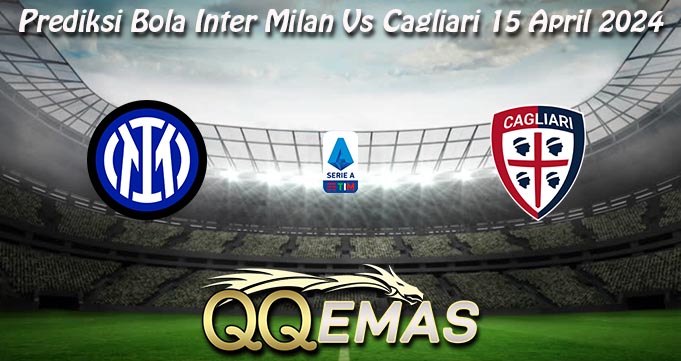belum terdaftar anggota QQEMAS?
JOIN NOWLatest Posts

Prediksi Bola Brest Vs Monaco 21 April 2024
Prediksi Bola Brest Vs Monaco 21 April 2024 – Duel seru terjadi pada lanjutan kompetisi Ligue 1 akhir pekan ini. Berlangsung Stade Francis-Le Ble tuan... Read More »

Bocoran Mix Parlay 21 Dan 22 April 2024
Situs bola Terpercaya QQ Emas akan memberikan Bocoran Mix Parlay 21 Dan 22 April 2024 untuk para member setia situs kami. Dalam rangkuman ini kami... Read More »

Prediksi Bola Man City Vs Chelsea 20 April 2024
Prediksi Bola Man City Vs Chelsea 20 April 2024 – Wembley Stadium akhir pekan ini mengelar babak semifinal FA Cup. Dua klub besar Inggris Man... Read More »

Prediksi Bola Roma Vs AC Milan 19 April 2024
Prediksi Bola Roma Vs AC Milan 19 April 2024 – Stadio Olimpico pekan ini menhadirkan leg kedua perempat final Europa League. Dua klub wakil Italia... Read More »

Bocoran Mix Parlay 19 Dan 20 April 2024
Situs bola Terpercaya QQ Emas akan memberikan Bocoran Mix Parlay 19 Dan 20 April 2024 untuk para member setia situs kami. Dalam rangkuman ini kami... Read More »

Prediksi Bola Flamengo Vs Sao Paulo 18 April 2024
Prediksi Bola Flamengo Vs Sao Paulo 18 April 2024 – Tengah pekan ini kembali hadir kompetisi Brazil Serie A matchday kedua. Berlangsung Maracana Stadium Flamengo... Read More »

Prediksi Bola Dortmund Vs Atletico Madrid 17 April 2024
Prediksi Bola Dortmund Vs Atletico Madrid 17 April 2024 – Kompetisi Liga Champions kembali hadir pada tengah pekan ini. Babak perempat leg kedua bertempat Signal... Read More »

Bocoran Mix Parlay 17 Dan 18 April 2024
Situs bola Terpercaya QQ Emas akan memberikan Bocoran Mix Parlay 17 Dan 18 April 2024 untuk para member setia situs kami. Dalam rangkuman ini kami... Read More »

Prediksi Bola Vizela Vs Chaves 16 April 2024
Prediksi Bola Vizela Vs Chaves 16 April 2024 – Pada lanjutan kompetisi Primeira Liga pekan ini hadir matchday 29. Berlangsung Estadio do Vizela terjadi bentrokan... Read More »

Prediksi Bola Inter Milan Vs Cagliari 15 April 2024
Prediksi Bola Inter Milan Vs Cagliari 15 April 2024 – Pada giornata 32 Serie A hadir pertandingan seru pada pekan ini. Berlangsung San Siro Stadium... Read More »


